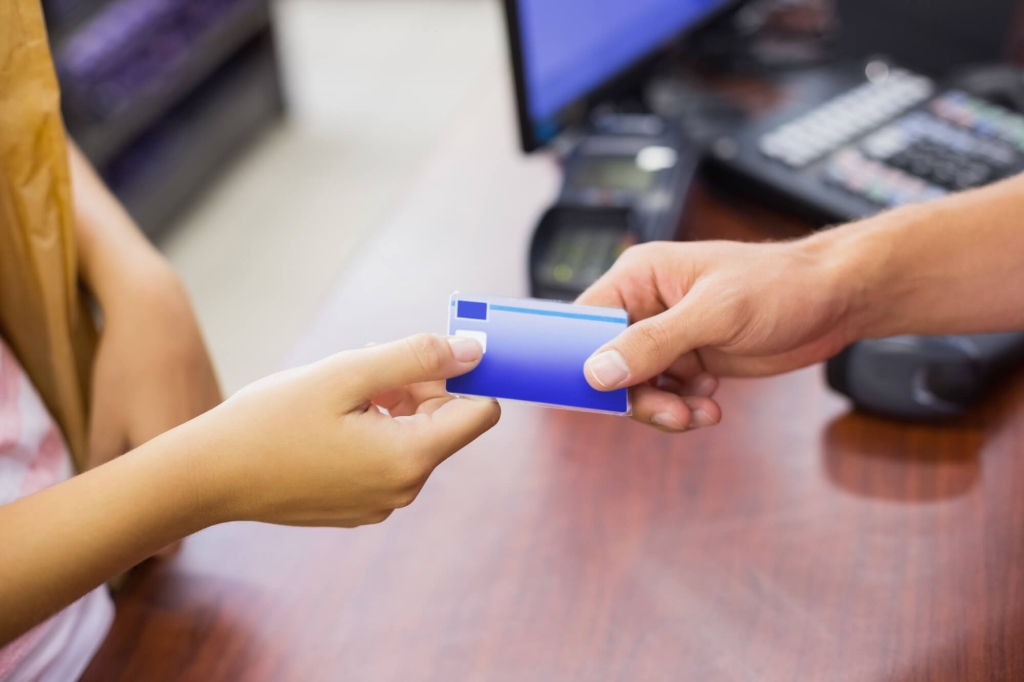
Want to know how the minimum credit card payment works? See below.
Having a credit card is practically a necessity in today’s world. If you’re just starting out, making regular monthly payments on a credit card is a good way to build your credit history and establish a strong credit score.
One of the first things you may notice on your credit card statement is the minimum payment.
It can be a flat fee, a percentage of your balance, or a combination of both. No matter how it’s calculated, the minimum payment is the smallest amount you have to pay to keep your credit card in good standing.
The amount is usually quite low compared to your total credit card statement, so it can be tempting to just pay the minimum monthly payment, especially when money is tight.
However, paying even a small amount more than your monthly payment can help you pay off your balance faster, saving you money on interest payments and potentially improving your credit score.
See below how the credit card minimum payment works.

A minimum payment is the lowest amount your credit card issuer will accept toward your credit card balance each month.
You must pay at least this amount for your payment to be considered “on time” and to avoid late fees and other penalties.
Some lenders may even increase your interest rate if you make a late payment.
Your minimum payment amount is usually calculated as a percentage of your outstanding balance or a set amount in Brazilian reals. It is usually between 1% and 3% of your credit card's outstanding balance and includes accrued interest and applicable fees.
Generally, if the total balance is less than the minimum due, the balance must be paid in full.
It's important to understand your credit card issuer's minimum payment policies, as they vary from company to company.
When it comes to how credit card minimum payments work, it's important to pay at least the minimum each month to avoid late fees, penalties, and preserve your credit rating.
If possible, you want to pay off your balance in full each month to keep your utilization low and save a bundle on interest and possibly help boost your credit score. But what if you’re strapped for cash and can’t pay off your balance in full?
Pay off as much as you comfortably can to reduce your balance. This will allow you to get out of debt faster and free up funds to achieve other financial goals.
Creating a budget can help you control your spending. Cut or reduce your expenses and put the extra money on your credit cards. You can also try to find other ways to earn extra income, such as getting a part-time job or exploring freelance opportunities.
Choosing a credit card repayment strategy will also help you prioritize which credit cards to pay off first. For example, the avalanche method of paying off your cards allows you to focus on the accounts with the highest interest rates.
You can also follow the snowball method, which requires you to hit the card with the lowest balance first.

When you use a credit card To make a purchase, the amount charged is added to the total due, often called the credit card balance.
Your balance isn't just the sum of your purchases, though. It also includes the interest you owe on your balance, as well as any fees and penalties your card issuer has charged you.
These can include annual fees, foreign transaction fees, cash advance fees, late payment penalties, and many others.
At the end of each monthly billing cycle, your card issuer will tell you how much you owe, the minimum payment required from you, and when payment is due.
By making at least the minimum payment and making it on time, you will be in good standing with your credit issuer. Any remaining balance will roll over to the following month's balance and continue to accrue interest.
For this reason, it's best to pay more than the minimum and, ideally, pay off your balance in full each month.
Now that you know how credit card minimum payments work, if you can afford to do so, paying more than the minimum payment on your credit card can save you a lot in interest and help protect your credit rating.
Better yet, paying your balance in full will help you avoid the interest payment and keep your utilization rate low.